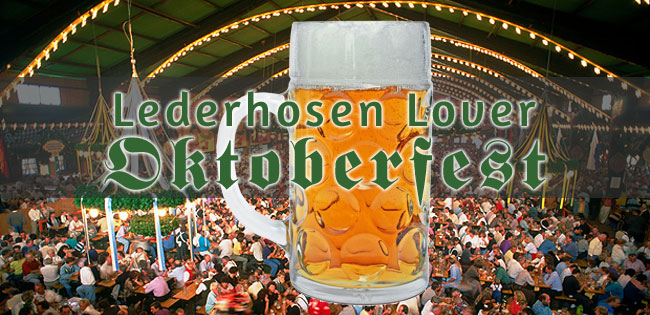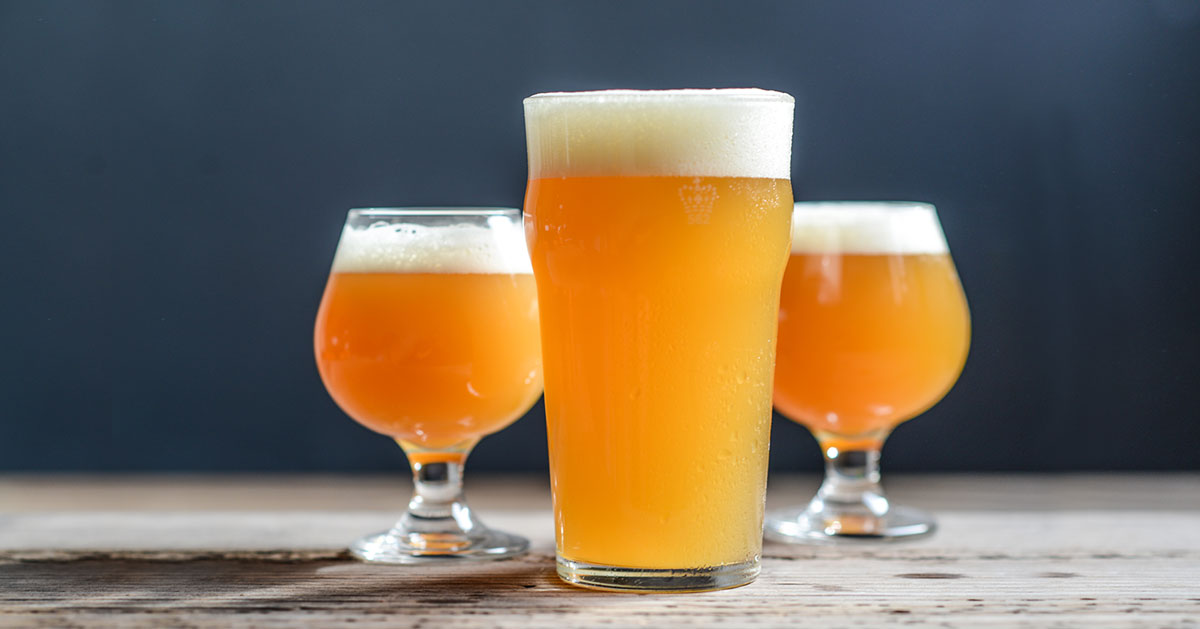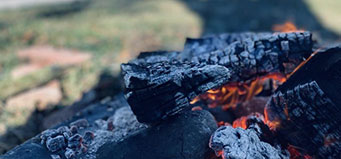Lederhosen Lover Oktoberfest Bier

Festival season is in full swing! The summer has brought bands playing concerts, neighborhood gatherings, and our beloved beer festivals around once again. And at each of these gatherings, beers are being consumed like water, heightening the sense of enjoyment and camaraderie experienced by all.
Of course, these are the results of the summer season, with good weather and sunshine beckoning us all outdoors. In Germany, the festival season will reach its zenith next month with the time-honored tradition of Oktoberfest. Originally a celebration of the marriage of crown prince Ludwig and his bride Princess Therese, Oktoberfest has developed to be one of the biggest celebrations in the world, complete with its own style of beer. This beer, the famed Oktoberfest, is part of a subset of beers referred to as “VMO” beers, which stands for Vienna/Marzen/Oktoberfest, two or three styles (depending on how you look at it) whose histories and brewing styles are inexorably linked. Ray Daniels gives a thorough discussion on these beers and their histories in his book, “Designing Great Beers,” to which I referred in writing this article.
Seeing as though Oktoberfest is on its way, I figured it’s time to brew a tasty Oktoberfest to have ready in time for the real event! But what are the characteristics of a really great Oktoberfest? First of all, it should be malt-forward, yet not too sweet, finishing moderately dry. The flavor should be smooth and clean, without fruity esters or buttery diacetyl. They should be clear and bright, with a deep gold to reddish-orange coloration, and have a medium, creamy body and head. A characteristic smoothness with malty flavor that is refreshing, yet has enough body to give it a good backbone that balances with medium hop bitterness and a low hop flavor (if any) is a hallmark of great Oktoberfests everywhere.
So how will we accomplish this? Through a blend of continental grains and noble hops, with a good, malty lager strain. I use an even blend of Vienna, Munich and Pilsner malt for the base, with some melanoidin malt thrown in for good measure. Vienna and Munich will lend maltiness and a low toasted note that will complement the Pilsner malt. Melanoidin will add color and compounds usually formed in Malliard reactions that have a deep, rich malty flavor without having to resort to a decoction mash schedule to attain these characteristics. While I encourage experimentation with decoction mashing, Daniels’ analysis of NHC second round beers seems to confirm that a single-infusion mash is all that is needed to create a really great Oktoberfest. And for sake of ease, we’ll just do a single infusion mash at 153F. Because of the use of Pilsner malt in the all-grain version of this recipe, I recommend doing a 90 minute boil in order to eliminate DMS precursors that can contribute a cooked corn flavor. Adjust your beginning boil volume to accommodate the extra water lost in the longer boil. For the extract version, a 60 minute boil should suffice, and a typical water volume should be fine.
Two additions of Saaz hops, one at 60 minutes and the other at 30 minutes, should give enough hop character to be well-balanced, but not overly bitter. When choosing water, go with a water profile that is lower in sulfates and higher in calcium chloride to bring out maltiness.
As far as yeast goes, I prefer Wyeast’s 2206 Bavarian Lager strain. It is clean yet malty, and perfect for Oktoberfest beers! Wyeast’s 2308 Munich Lager and 2633 Oktoberfest Lager blend are both fine choices as well. Be sure to pitch plenty though! When fermenting lagers as opposed to ales, more lager yeast is needed to conduct the fermentation properly. The beer should be initially fermented at 50F for two weeks, then lagered at 34F for 4-6 weeks. A diacetyl rest of about 60F for two days is highly recommended near the end of primary fermentation to help eliminate buttery diacetyl. If you don’t have proper temperature control, using Wyeast’s 2112 California Lager strain at ale temperatures should still produce an excellent beer.
So there you have it, brew along with us! Have fun, and as always, let us know what you are doing with your concoction. Cheers!
Lederhosen Lover Oktoberfest Bier Recipe (for final volume of 5.5 gallons)
Specs
Estimated O.G. = 1.062
Estimated F.G. = 1.016
Estimated ABV = 6.1%
Estimated bitterness = 26 IBUs
Grain Bill
4.25 lbs. Avangard Vienna malt
4.25 lbs.Avangard Munich malt
4.25 lbs. Avangard Pilsner malt
1.00 lbs.Weyermann Melanoidin malt
Hops
1.5 oz. Saaz (3.0% AA), added with 60 minutes left in the 90 minute boil.
1.5 oz. Saaz, added with 30 minutes left in the boil.
Yeast
4 packs (or make an appropriate starter) Wyeast 2206 Bavarian Lager yeast, Wyeast 2308 Munich Lager yeast, or Wyeast 2633 Oktoberfest Lager blend yeast, or Wyeast 2112 California Lager yeast (if not cold fermenting).
Brewing Process
- Mash at 153F for 60 minutes. After lautering and sparging, boil for 90 minutes, adding the first hop addition with 60 minutes left in the boil, and the second with 30 minutes left in the boil.
- Chill and pitch yeast, fermenting at 50F for two weeks.
- A diacetyl rest at 60F for two days near the end of primary fermentation is highly recommended.
- Lager at 34F for 4-6 weeks before serving.
Extract Version: The extract version is a little different from the all grain, but should make a similar beer. For steeping grains, use 1 lb.each Munich malt, Vienna Malt and Melanoidin malt. Crush and place in a muslin grain bag. Steep these at 150-155F for 30 minutes. Remove the grain bag and drain. Turn off the flame, and add 3.3 lbs. Munich LME, 3.3 lbs. Pilsen Light LME, and 1 lb. Amber DME to the kettle and stir thoroughly. Turn flame back on and bring to a boil. Boil for 60 minutes, adding the first hop addition at the beginning of the boil and the second with 30 minutes left in the boil. Chill and follow fermentation schedule above.



A pound of Melanoidin seems like a lot. I would suggest scaling that way back or omitting it. I would also suggest a pinch of CaraFoam to help get the huge rocky head that German lagers are famous for.
Ryan, Wes here with Great Fermentations. Thank you for your comment! This is an older recipe at this point, and hindsight is 20/20. At the time I made this three years ago, a pound seemed like a good idea, but now I would completely agree on cutting down on the melanoidin. Truly, to get a good melanoidin character a decoction mash could be employed and the melanoidin left out altogether, but a little melanoidin can work to get some of those flavors without the extra work. And carafoam or carapils certainly could help with that rocky head. Thanks again for the comments and happy brewing! Cheers, Wes